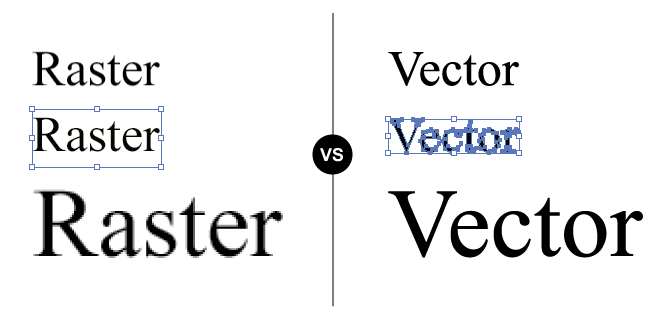|
Artwork Information Please review the information below prior to uploading art. 
Exhibit Foundry Web Uploader
Adobe Illustrator (Preferred) Adobe InDesign PSD or JPEG setup at 100 dpi at actual size PDF and CorelDraw files are NOT accepted. File Preparation Dimensions and Bleed: All artwork should be set up to actual size. Add a 1/4" bleed to every edge. Panel Dimensions are listed on each specific product page. Image Resolution: 100 DPI (dots/pixels per inch) at actual size Color Matching: Art and image files should be set up in CMYK, and/or PMS values. PMS (Pantone) values must be specified for color matching requests. Links and Fonts: In order to check resolution, images should be linked, not embedded. Please include any linked images with the art files. Font files should be sent with the art, or all text must be converted to outlines. Compression: Compress all art files in a single ZIP file prior to uploading. This will eliminate the need for multiple uploads and prevent raw files from possible corruption during transfer. Raster vs Vector Raster images can be photographs or clip art and commonly have these file extensions: JPEG, TIFF or PNG. They are made up of blocks of colors called pixels. When you enlarge a raster image, the blocks of color are enlarged, which is why you can start to see them. Vector images are often illustrations and commonly have these file extensions: EPS or AI. They are made up of mathematical paths (vectors) that create shapes. When you enlarge a vector image, the paths are re-shaped mathematically, keeping a crisp, clean edge.
If your image is not a photograph, sometimes it can be hard to tell if it is a raster or vector image. The easiest way to tell is to zoom in to the image. If you can see the pixels, you've got a raster image. If not, it's vector.
|
